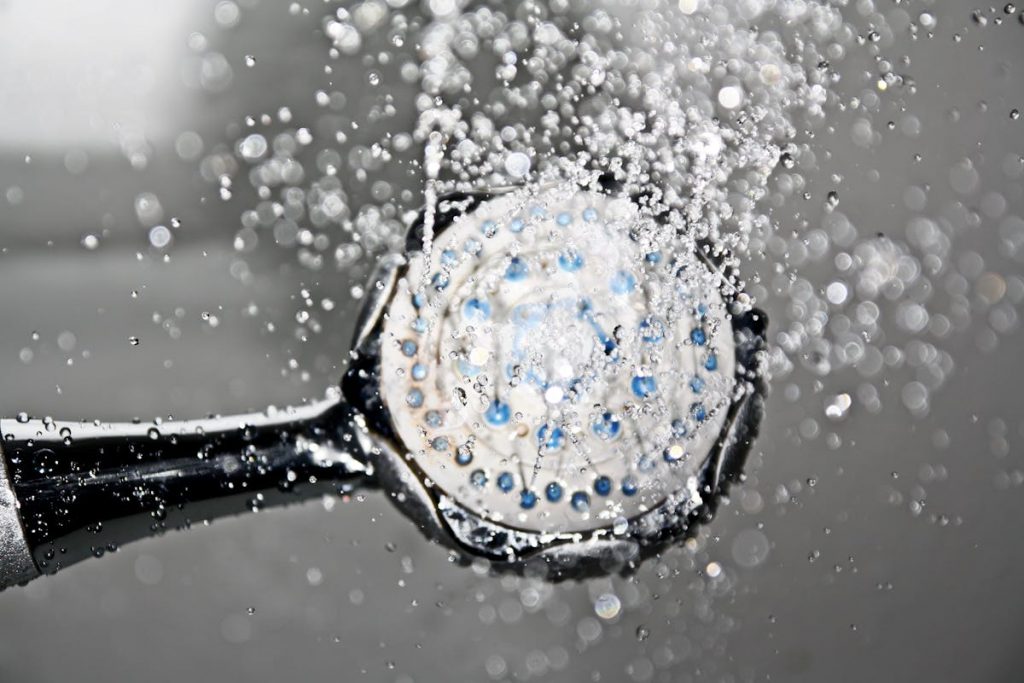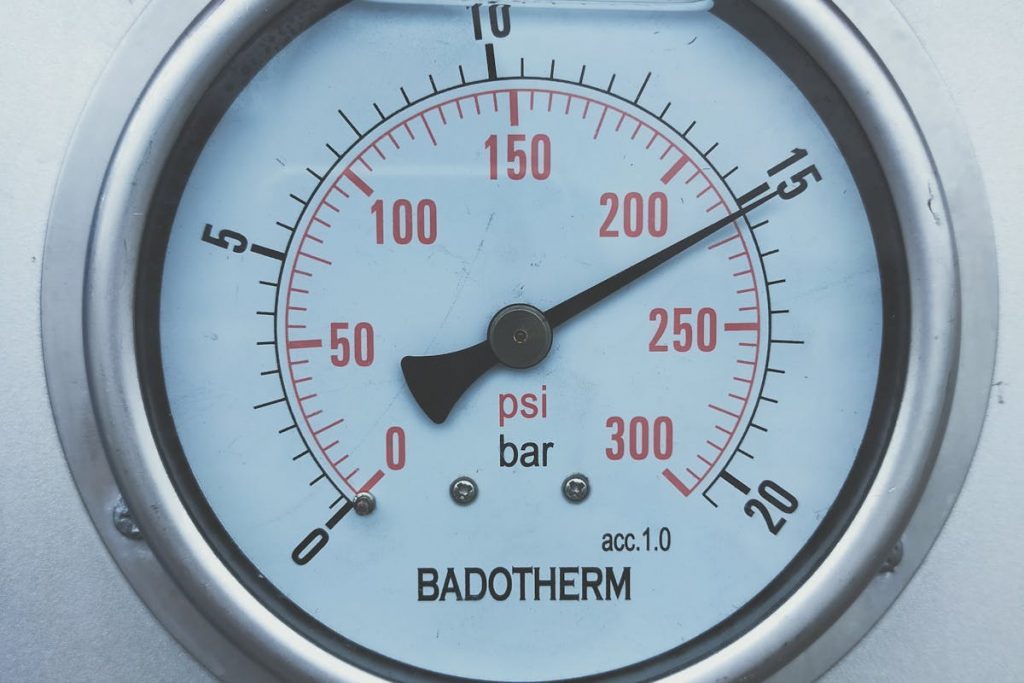- Low water pressure can lead to slow-filling kettles and reduced flow in showers and toilets.
- A plumber can increase pressure by adjusting the regulator or installing a booster.
- Regular plumbing maintenance helps prevent pressure problems by spotting leaks and blockages early.
- Mindful water use and monitoring bills can preserve water pressure and save costs.
- Persistent pressure issues require professional intervention to maintain plumbing integrity and household efficiency.
Water pressure might not be the most thrilling topic for home maintenance, but its significance is crystal clear. When you turn on the tap, flush a toilet, or take a refreshing shower, you’re at the mercy of your home’s water pressure. For homeowners, a grasp of water pressure isn’t just educational—it’s essential for maintaining a comfortable and efficient domestic environment.
Here, we’ll break down the basics of residential water pressure. From what it is and how it’s measured to practical tips on managing and troubleshooting issues, this post is your complete guide to the ebb and flow of water within your home.
What is Water Pressure?
Water pressure measures the force pushing water through your home’s pipes and fixtures. In simpler terms, it’s the strength with which water is delivered when you open a tap or start a cycle in your washing machine or dishwasher.
Definition and Basics
Water pressure is quantified in pounds per square inch (PSI), with most residential properties requiring a pressure around 40-60 PSI to ensure a steady flow. This force is provided by the municipal water supply on one side and the resistance of the closed faucets, pipe length, and other plumbing elements on the other.
How Water Pressure Works in Your Home
The path of least resistance is the game’s name for water pressure in homes. Water is pushed from a communal source, such as a water tower, through a series of pipes until it reaches your home’s internal plumbing system. Think of it as a continuous battle of force versus restriction, with the taps and showers serving as the final battleground where water pressure determines the outcome of each domestic water-demand skirmish.

Factors Affecting Water Pressure
Understanding the nuances of water pressure is understanding the variables that can affect it. This knowledge is essential in troubleshooting issues that arise with your water pressure and knowing how to maintain it optimally.
Elevation of the Property
The higher your home’s location relative to the water source, the lower your water pressure will be. Gravity is critical in this scenario, as the vertical drop creates the pressure to move water upward.
Condition of Plumbing
Old or corroded pipes can create significant obstructions, reducing water pressure. Similarly, the diameter of your plumbing fixtures can have an impact—narrower pipes mean less water can pass through at any given time.
Demand on the Water System
You’re not the only one sapping up your town’s water supply. Peak usage times, such as early mornings when everyone is preparing for their day, can lead to lower water pressure for all connected households.
Managing and Troubleshooting Water Pressure
Water pressure is not a “set it and forget it” aspect of home maintenance. Managing it requires vigilance and the ability to troubleshoot when issues occur. This section will provide tips for maintaining and troubleshooting your home’s water pressure.
Signs of Low Water Pressure
If you’re faced with a frustratingly weak stream from your tap or if it takes excessive time to fill a kettle, your water pressure may be the culprit. This issue can also manifest in low water levels in your toilet bowl or reduced flow from your showerhead.
Boosting Water Pressure
When low pressure becomes an ongoing nuisance, consider boosting your system. A professional plumber can assess the situation and suggest remedies, from adjusting your pressure regulator to installing water pressure boosters.
Preventing Water Pressure Problems
Regular inspection and maintenance of your home’s plumbing are key to preventing pressure issues. Look out for leaks, monitor your water bills for unexplained hikes, and ensure your pipes are clean and free from mineral deposits or other blockages. It’s also important to be mindful of water use and avoid excessive or careless usage. Remember, every drop counts!
Conclusion
Water pressure isn’t something you typically think about—until it goes awry. By understanding the dynamics of water flow in your home and staying mindful of the factors that can impact it, you’re better equipped to enjoy the simple luxury of strong, consistent water pressure. If you encounter persistent issues, enlisting the help of a professional plumber can steer you back to smoother waters. Remember, maintaining optimal water pressure isn’t just about convenience; it’s about preserving the integrity of your plumbing and ensuring a well-oiled household operation.

